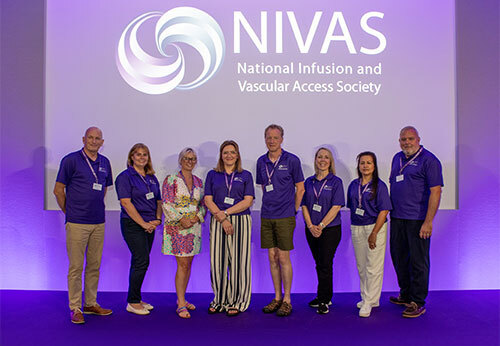Short peripheral catheter insertion success by NICU nurses
"NICU nurses' success in initial insertion of the SPC is lower than in other studies, and they experience mild anxiety. This includes risks such as repeated SPC insertions on neonates, the development of complications, delayed treatment, and negative emotions in parents and nurses" Tok Yildiz et al (2025).









